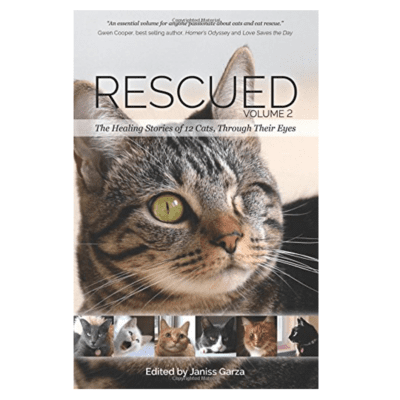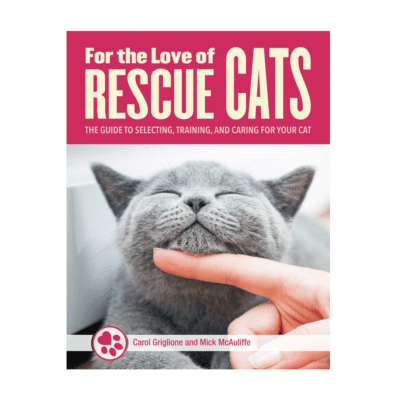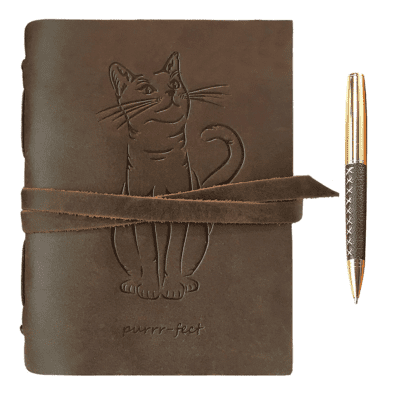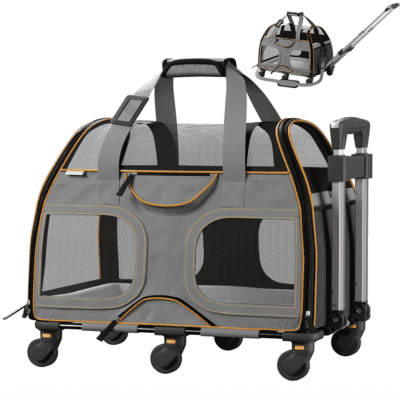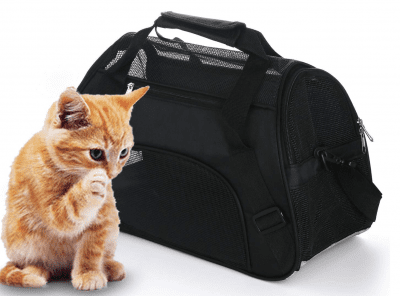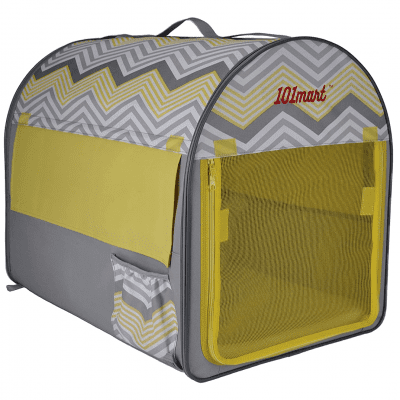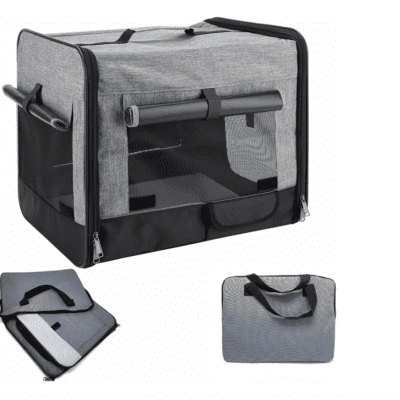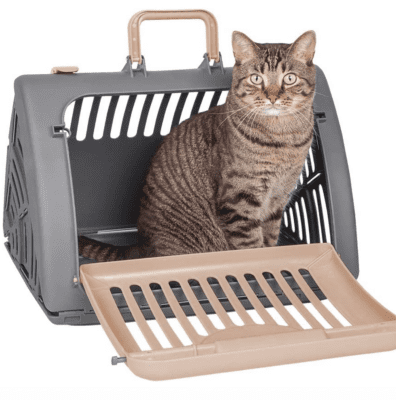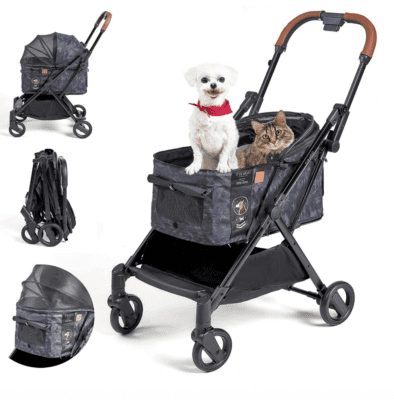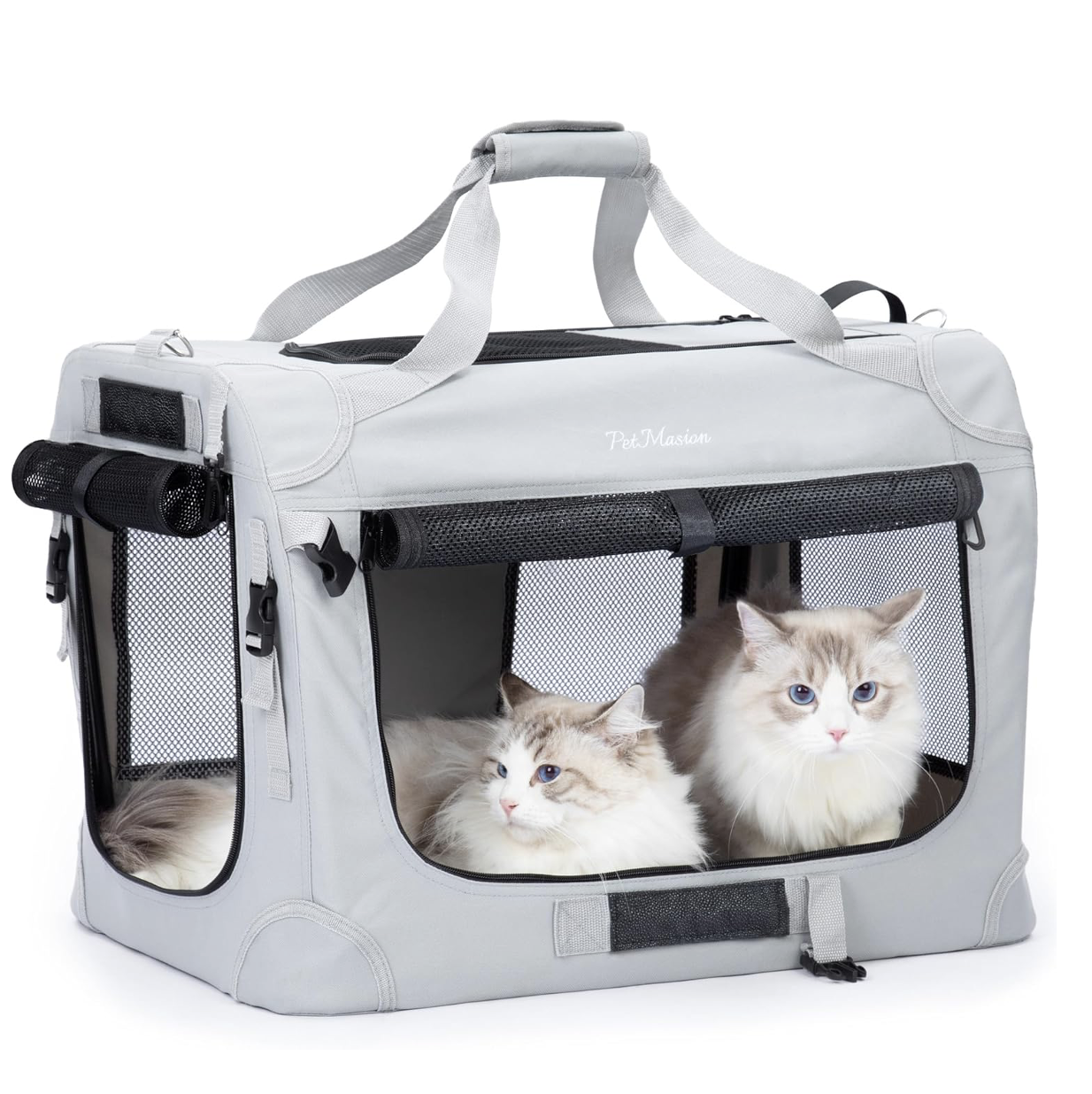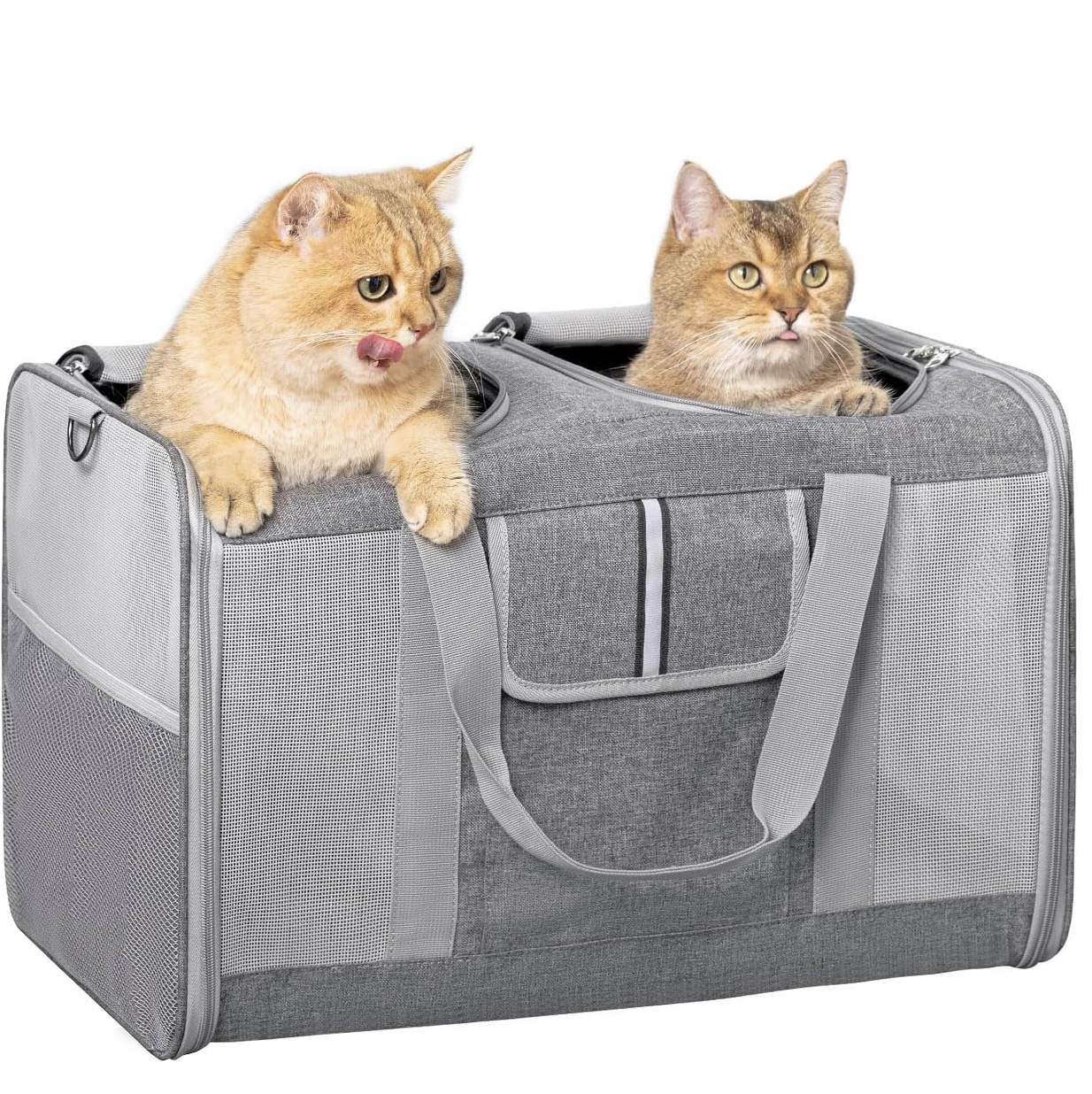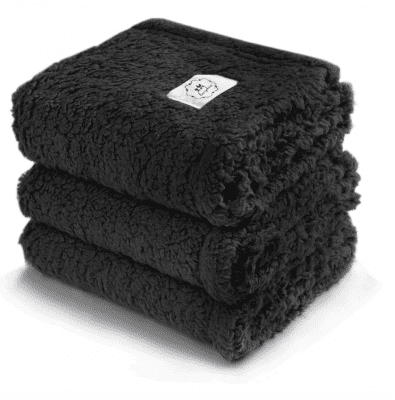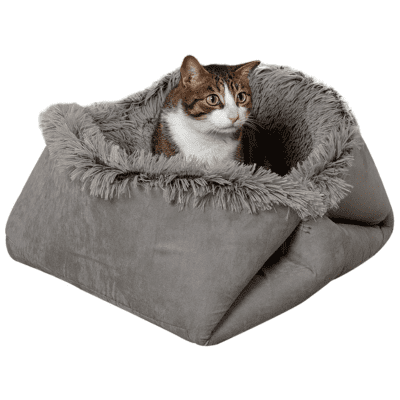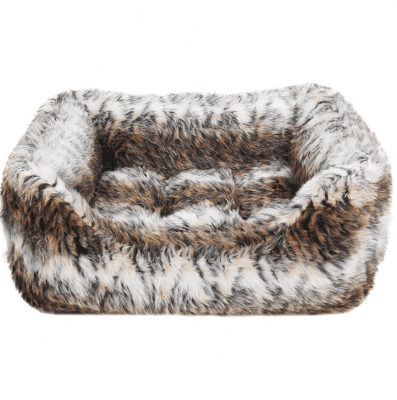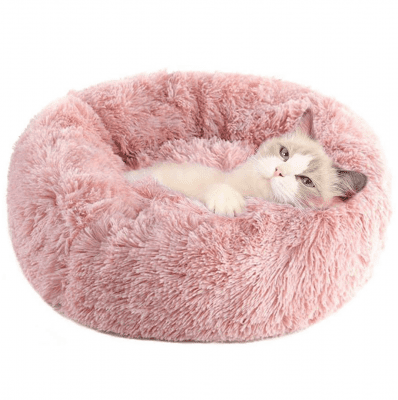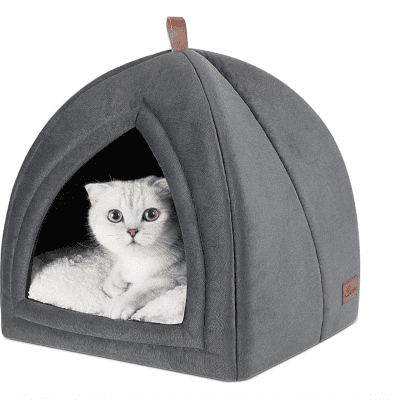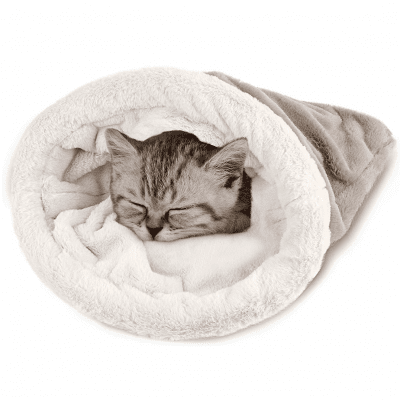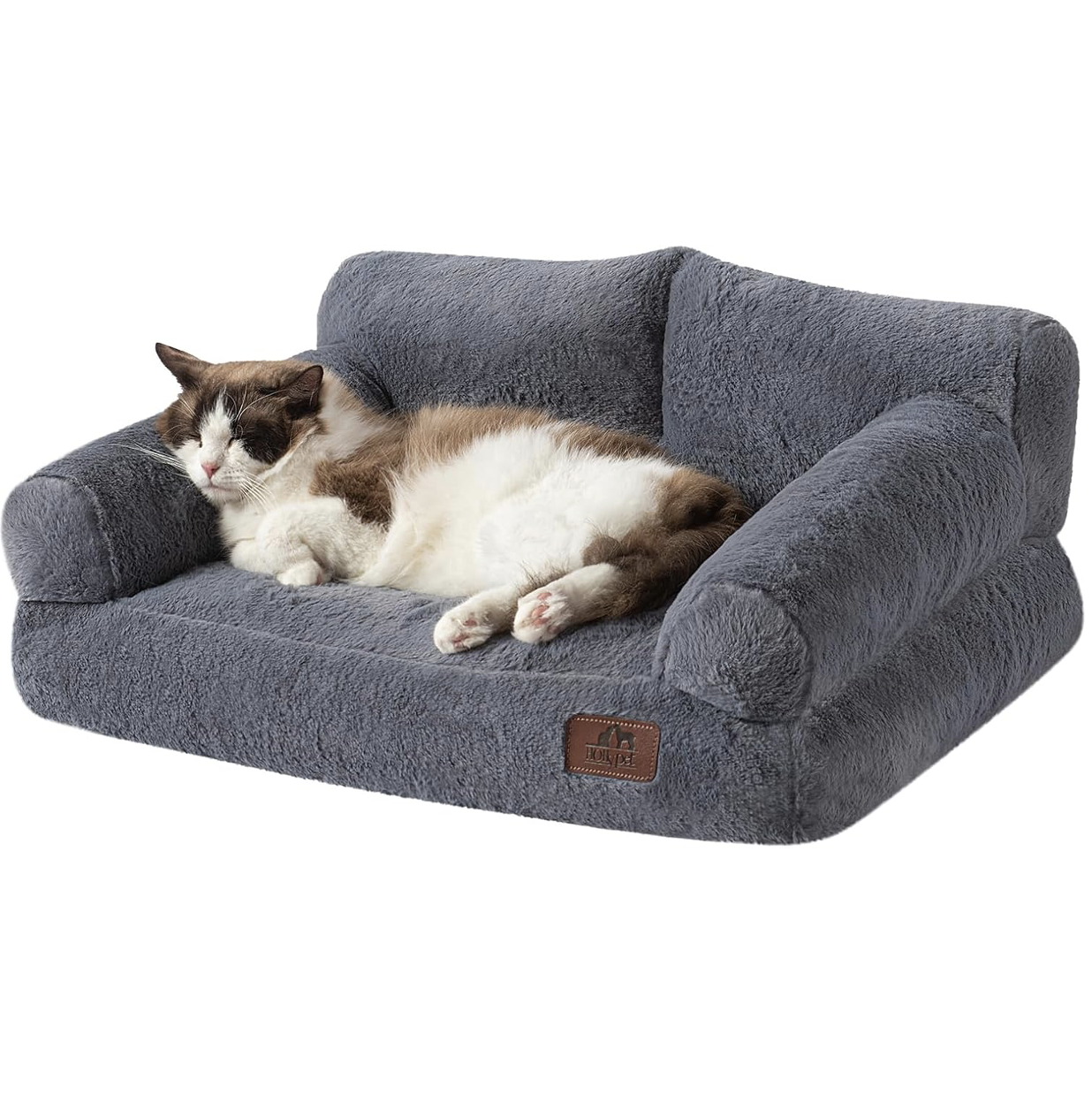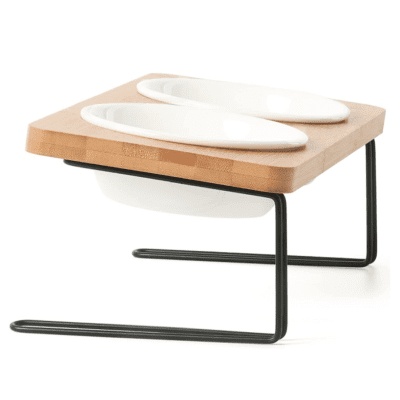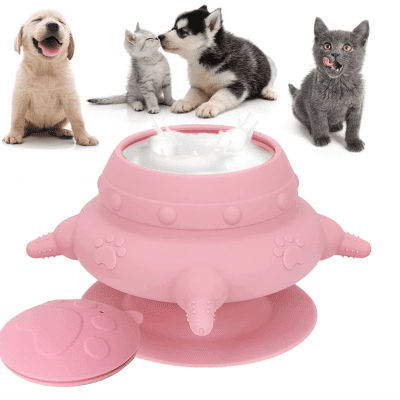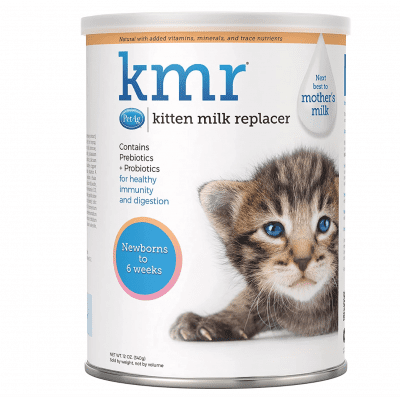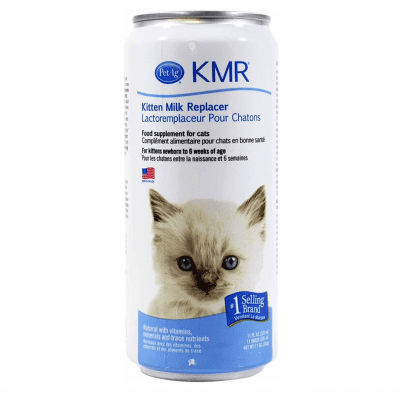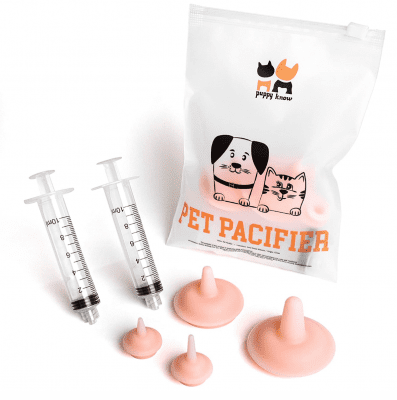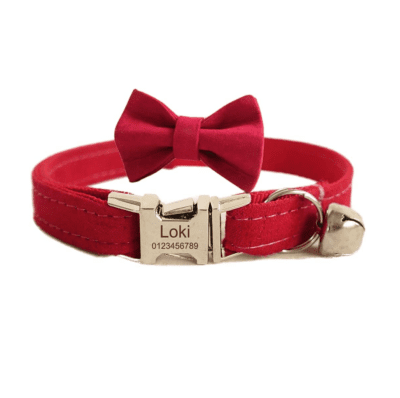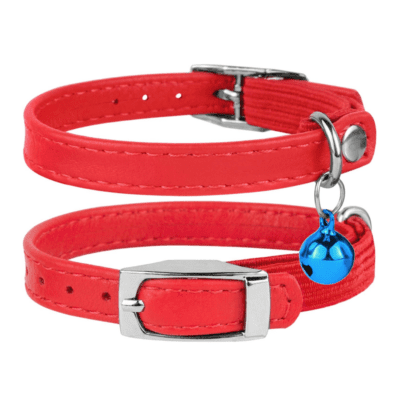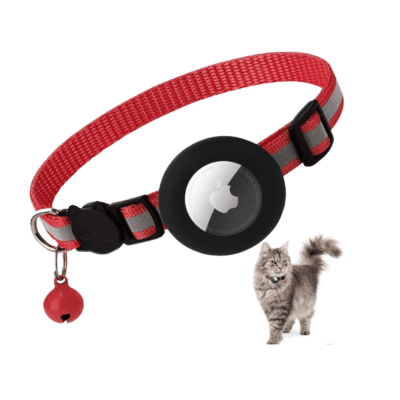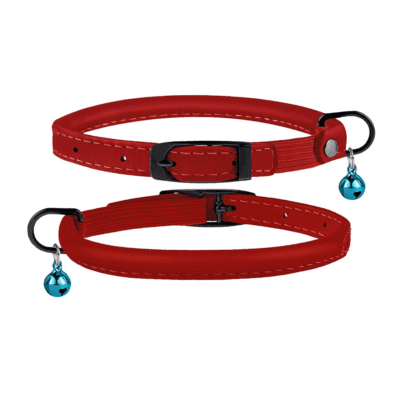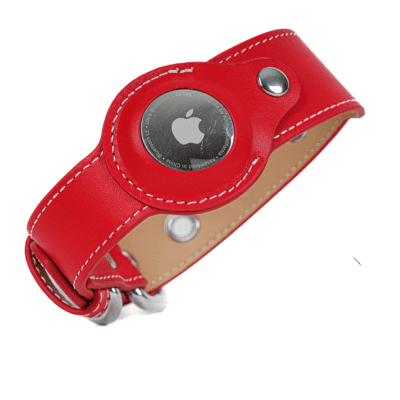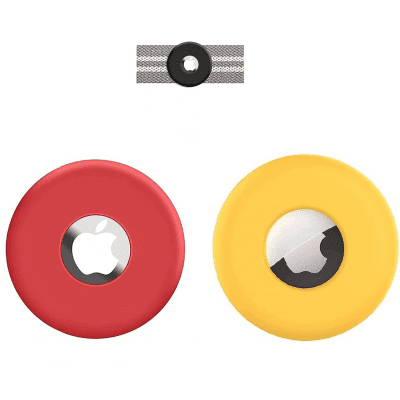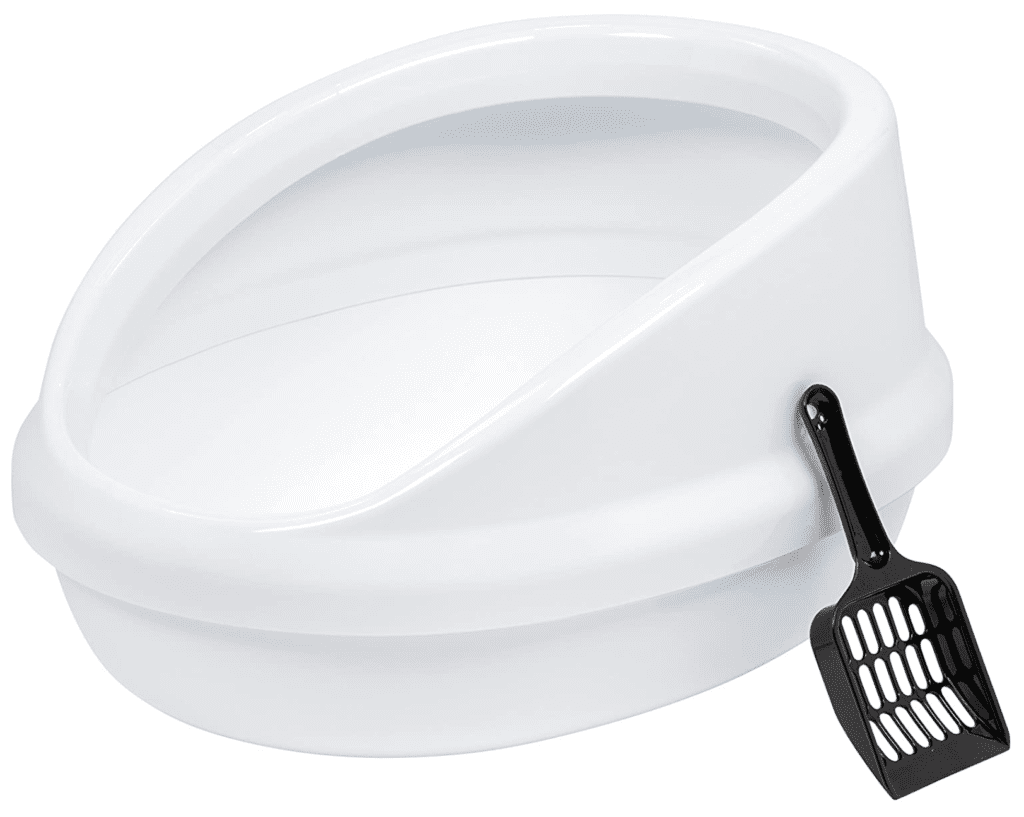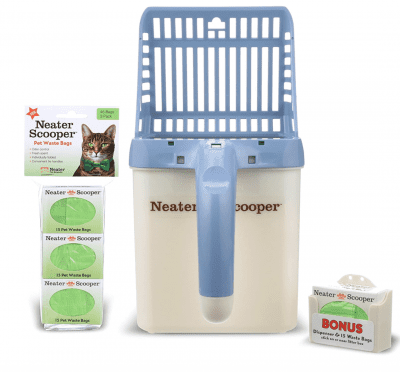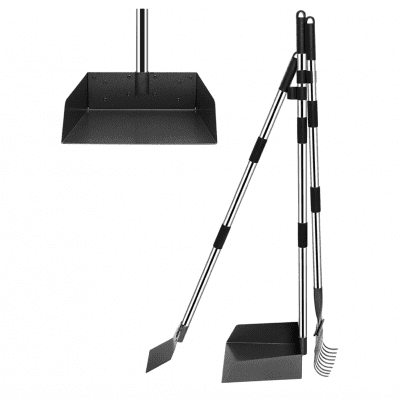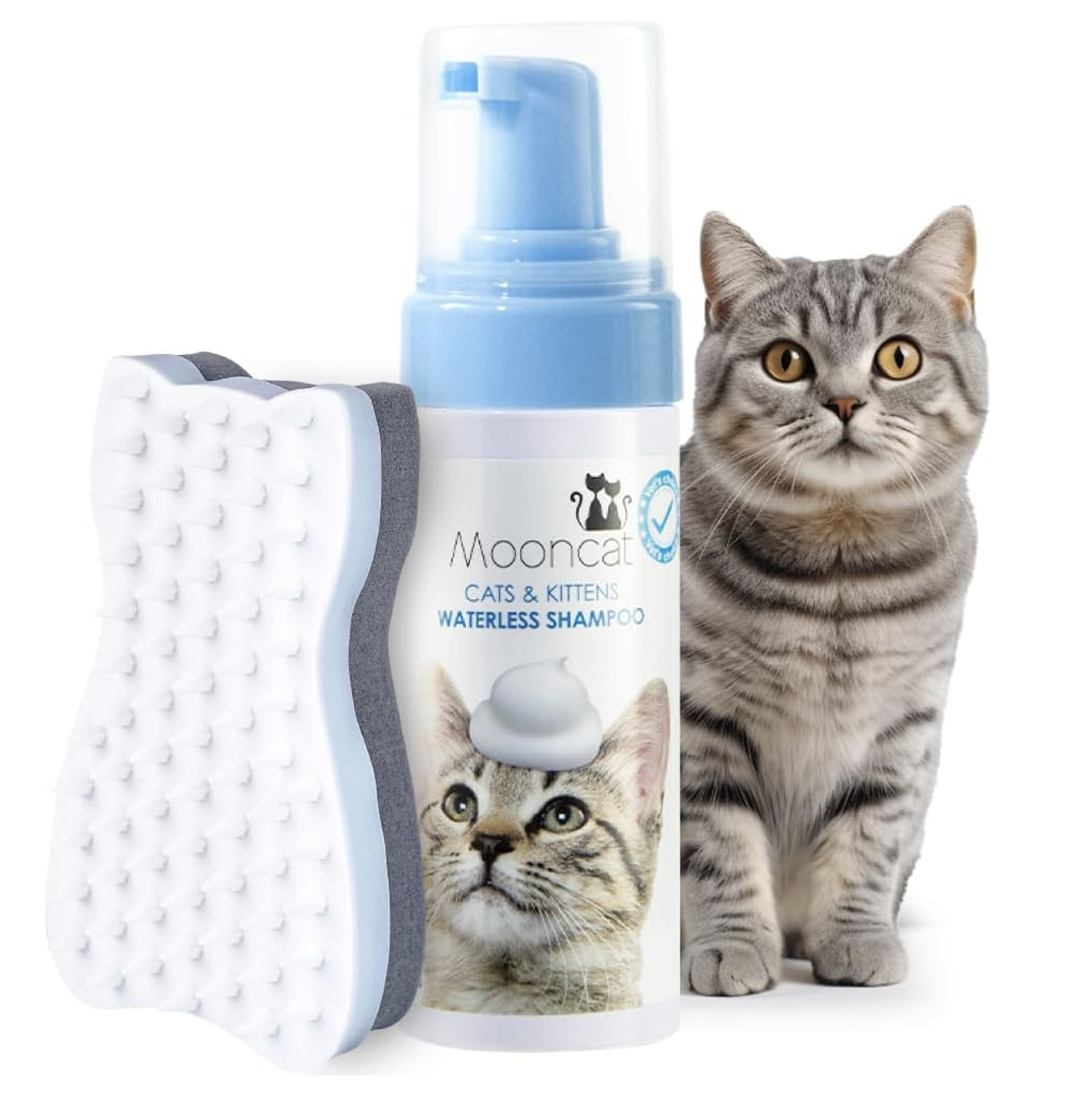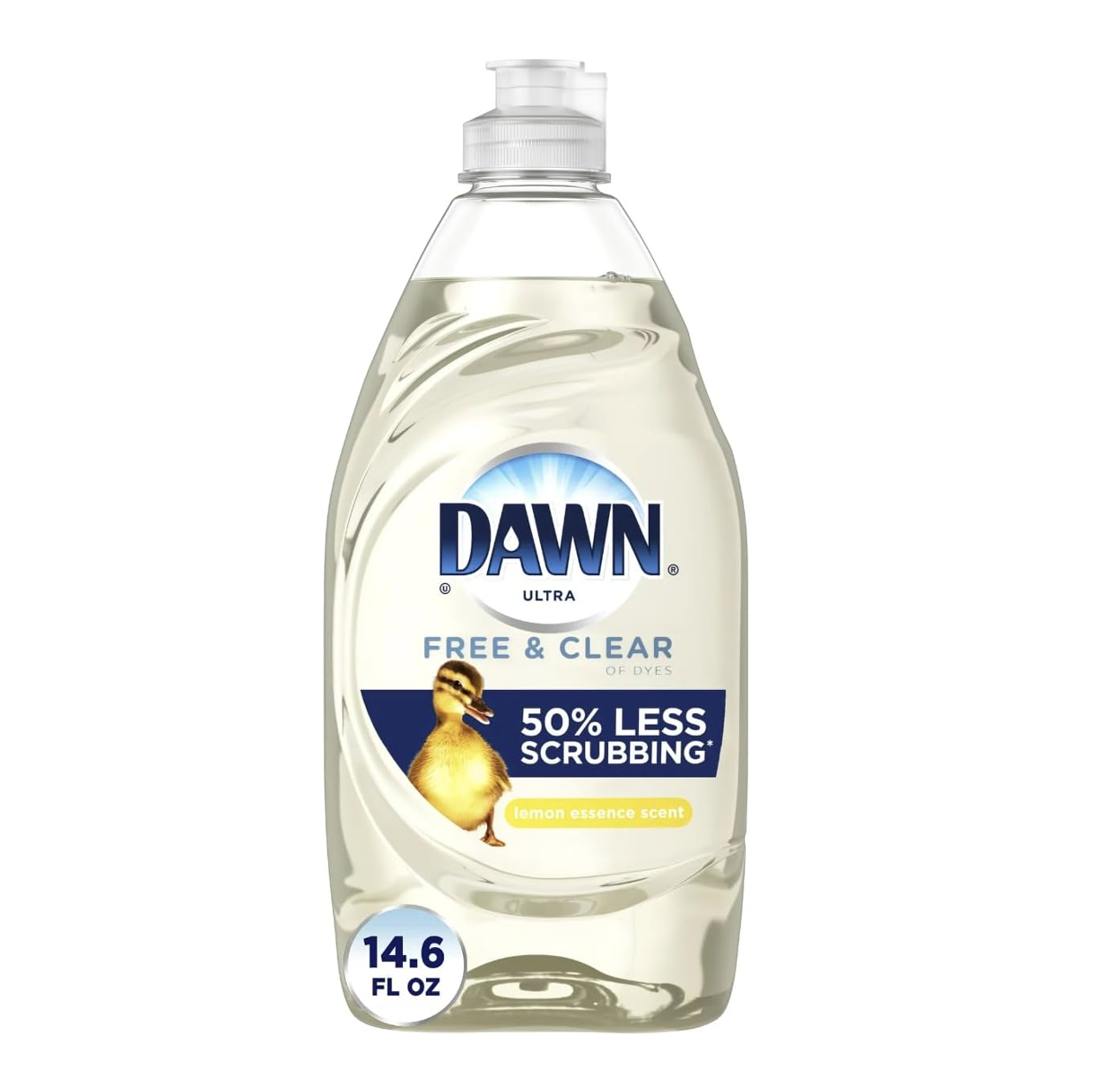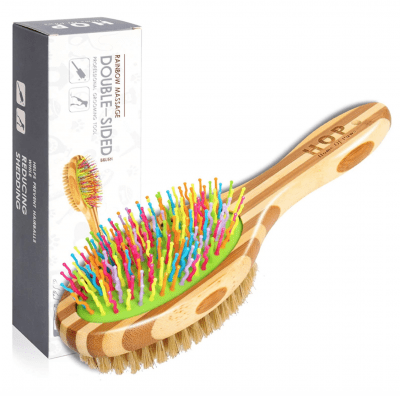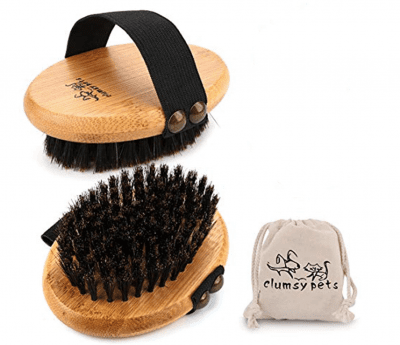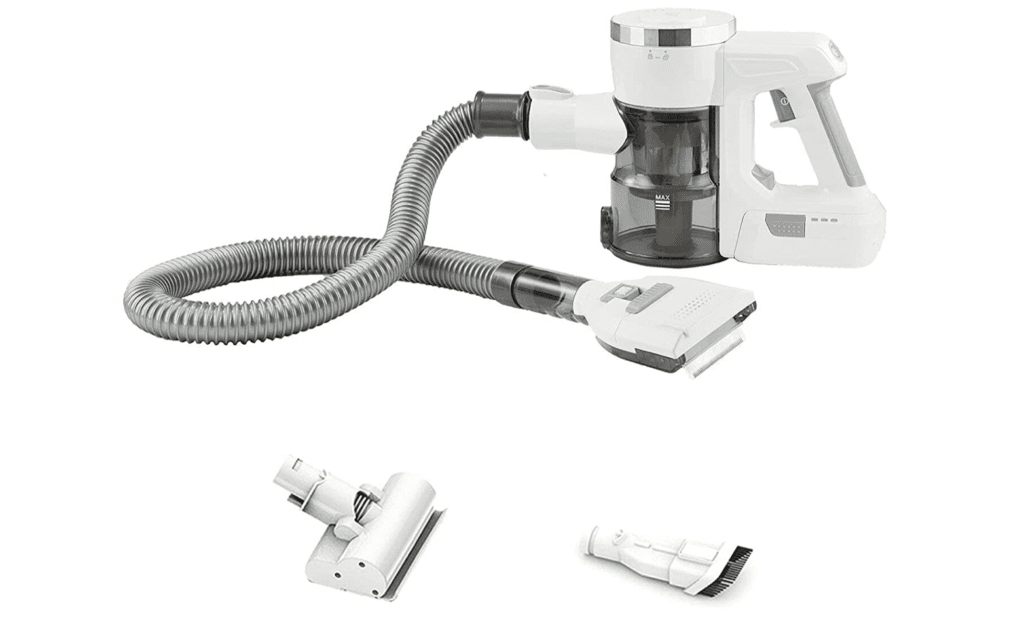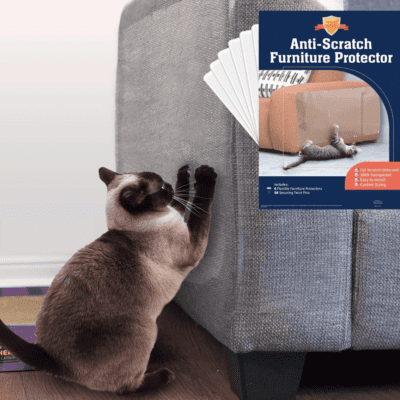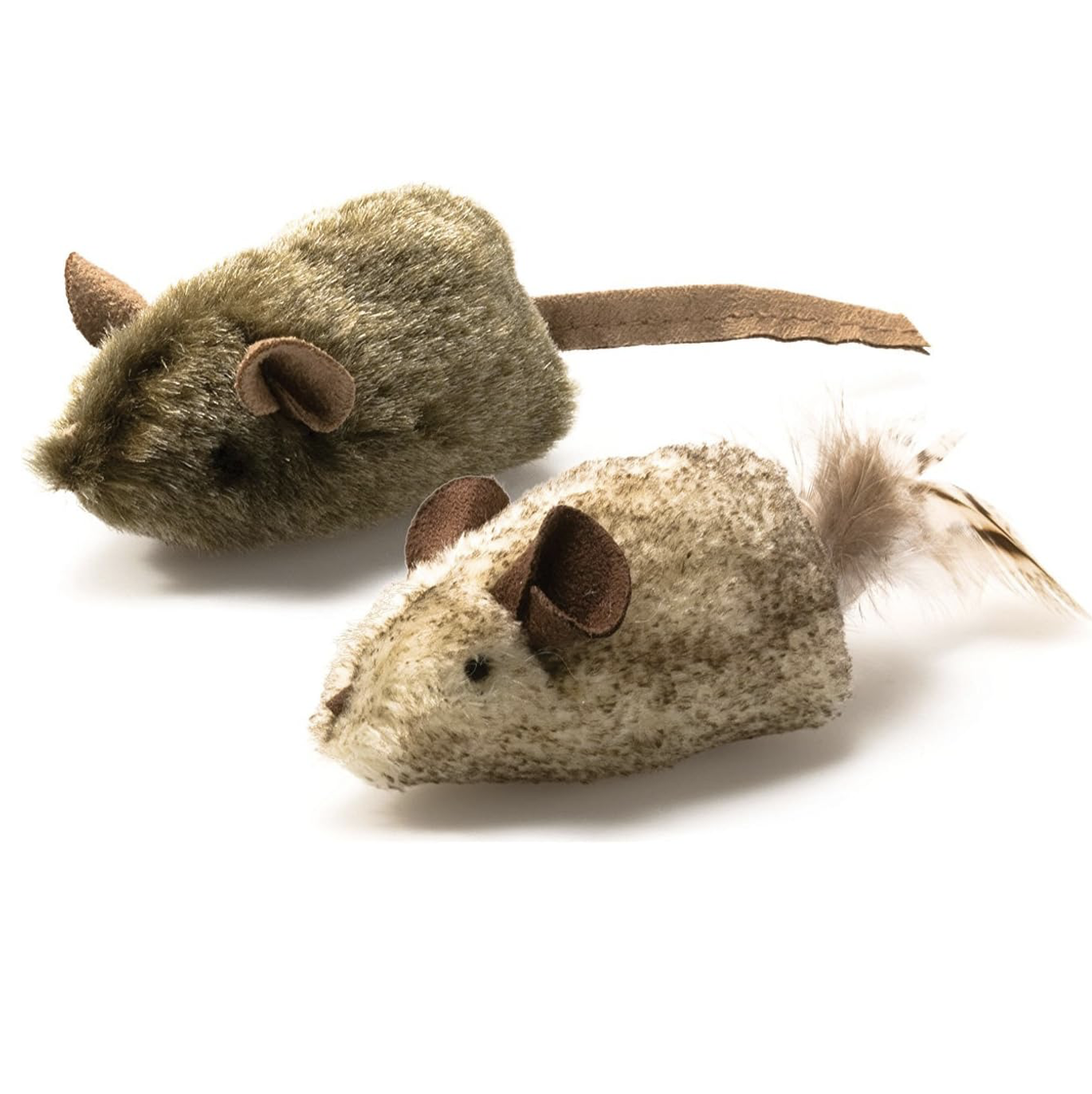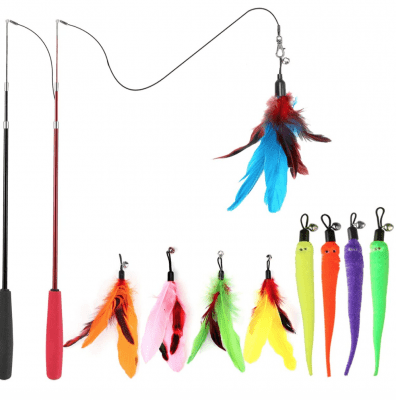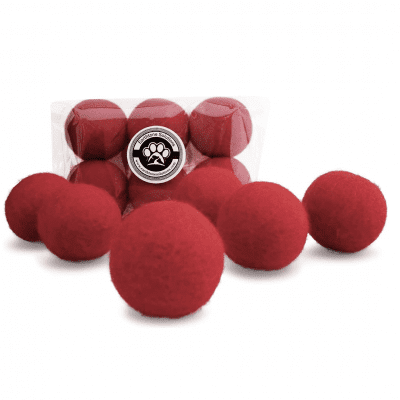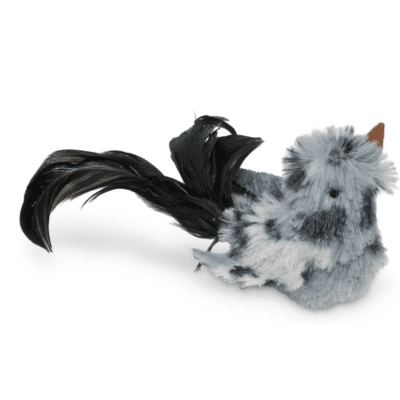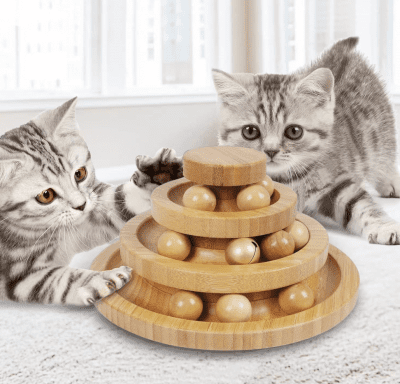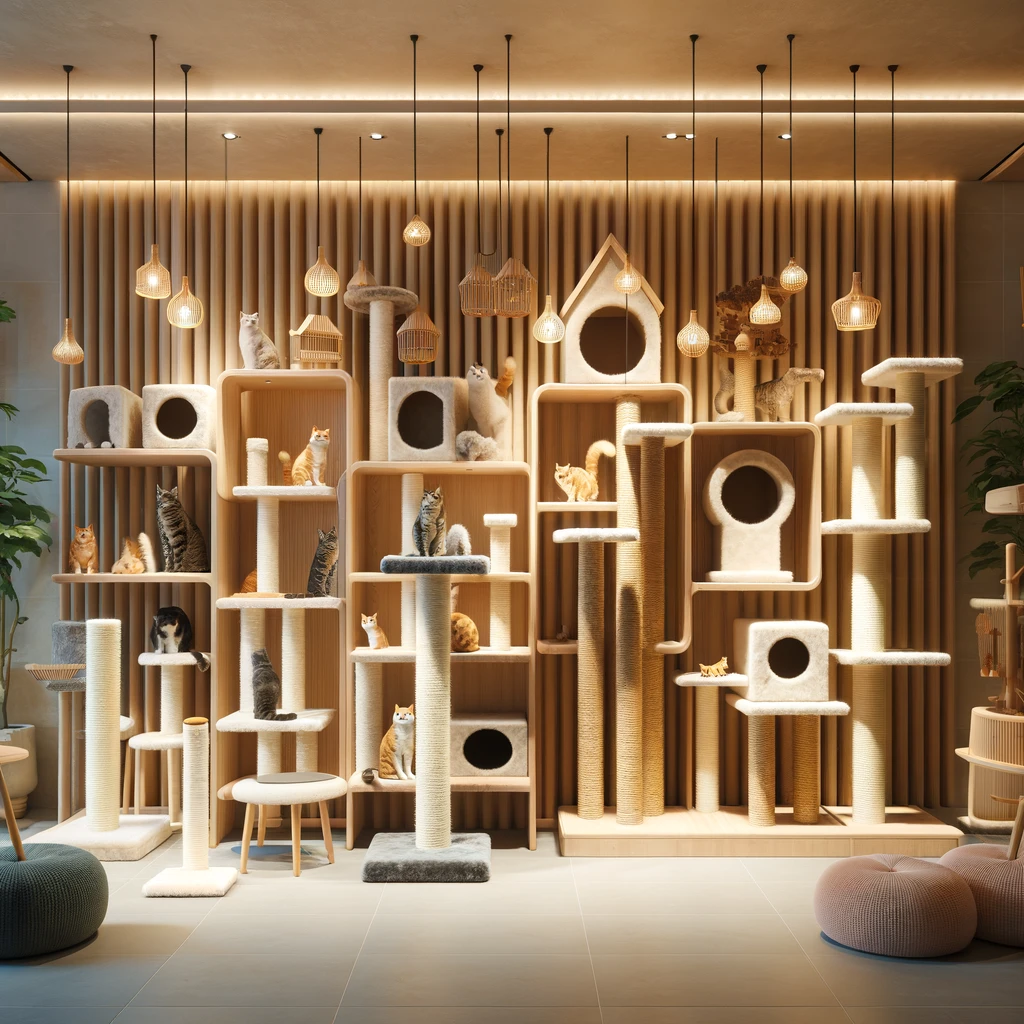
Cat Supply Shop
Cat Books | Crates | Beds | Bowls | Toys | Blankets | Litter Boxes
Welcome To our Cat Basic Supplies and Book Shop – We Are Here To Help New Cat Owners Rescue and Adopt Kitties With Ease!
Welcome to our unique Rescue Cat Shop dedicated to helping you with your Gotcha Cat Day, a place dedicated to helping cat lovers rescue and foster kittens and cats helping them to find their forever homes. It is time to start celebrating the joy of rescuing cats and kittens while inspiring a lifelong commitment to adoption. Knowledge is key and donating time at local shelters, aiding in neutering and spading feral cats, and encouraging new cat owner’s ship! Our shop is your starting point for learning how to give your new kitty their best “Gotcha Day” ever. Dive into resources for finding local shelters or using online tools designed to match cats with the families who will cherish them. Whether you’re ready to adopt or want to foster a cat in need, we’re here to help you make a difference. Explore books and guides about feral cats, offering insights into how to gently acclimate them to life in a cat-friendly home. Discover ways to prepare for your new furry friend while giving them the best possible start to their next chapter. Let’s work together to turn every Gotcha Day into a true celebration of love, rescue, and the enduring bond between cats and their people.
SCROLL TO EXPLORE THE SHOP
(click to learn more)
Rescue Cat Books – guides to cat rescue, adoption and relationships
Tips: Before you bring home a new cat or kitten, you might want to do a little research, be inspired by a great story or grab a journal to keep notes about vet appointments, milestones and appointments. Unlike dogs, cats are not trained in the same way, but knowing tricks of the trade will give you and your rescue a great start.

Cat Crates
Tip: You will want to take a cat crate when you pick up your rescue, for each vet visit and when you travel. You may want to initially set up your crate in your new cat space because it will be the only space they are familiar with and may take shelter inside to feel safe. You don’t want to borrow one you will have to return as you will need it for vet appointments and travel.
Cat Blankets & Bedding
Tip: Choose a washable blanket that matches your cat’s fur color to help look as good as possible between washings. Choose a soft comfy fabric that will not get caught in kitty claws.
Cat Beds
Tip: If your kitty spend time outdoors or has not been introduced to a cat bed, they may not be very interested. While some cats love to warm up and nap curling into their bed, others love to hide in a cat cave and get away from the world. Snuggle, soft or a cave.
Cat Food and Water Bowls
Tip: Keep it simple for starters when introduce kitty to their new space. They will learn where there food it served very quickly, so being consistent is a good idea and will build trust.
Cat Treats
Cat Food
Kitten Food and Feeders
Tips: It is a good idea to start with hard cat food. For indoor cats choose a quality brand created the needs of cats who stay inside. For cats that spend time outside, choose a quality brand for outdoor cats. If rescued kittens are under 8 weeks old you want to ensure they are fed mild replacer to ensure they grow to be healthy kittens.
Newborn or abandoned kittens should be bottle-fed using kitten milk replacer (or KMR), which comes in either liquid or powder form. You do not want to use cow’s milk or other human milk options when caring for kittens under 6 weeks old.
Cat Collars
Tip: While all cat collars may look very similar, they are actually different. From breakaway collars that are best for indoor/outdoor cats that will release if they are caught navigating nature, flexible elastic banded collars and non-breakaway collars that are best for indoor cats. A Smart cat collar or tag will also help you keep up with kitties that enjoy the outdoors and often wander off.
Cat Litter Boxes
Top: No two kitties are created equal even if they have a reputation of doing things their own way. Some had to learn to survive in nature, while others grew up in a shelter with little touch. While using a little box is very natural for most, helping stray kitties to get used to a litter box is important. Start with an open topped, low side litter box and the most natural textured litter without any scent and then you can introduce litter boxes with additional bells and whistles.
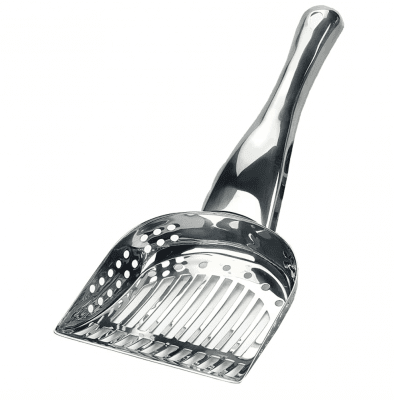

Tip: Not sure what breed or combination of breeds your kitten might be, here is a great article about how to determine a cat’s breed. Hope it help you solve the mystery.
Cat Grooming Supplies
Cat Cleaning, Protection, and Training Supplies
Cat Toys
Tips: Rescue cats may not play the way you expect them to, try out a few toys and see which ones they react to
Adopting or rescuing a cat is a rewarding but sometimes challenging experience. Whether you’re bringing home a shelter cat or rescuing a stray, patience and understanding are key as each cat has a unique personality and may need time to adjust. A vet checkup is essential for neighborhood rescues, while shelter cats are often vaccinated, spayed, or neutered. Before bringing your new cat or kitten home, create a safe space where they can feel comfortable and start to learn their boundaries. Rescue cats might not play or interact as expected, but with love and patience, they’ll soon relax and thrive in their new environment. Explore our Rescue Cat Shop for all the essentials to help your new feline friend settle in.
CHOOSE WHERE YOU WANT TO GO NEXT!
OR GET TO KNOW US BETTER








